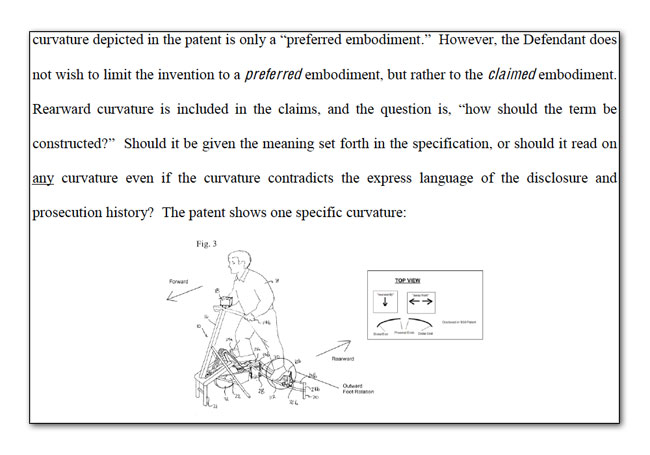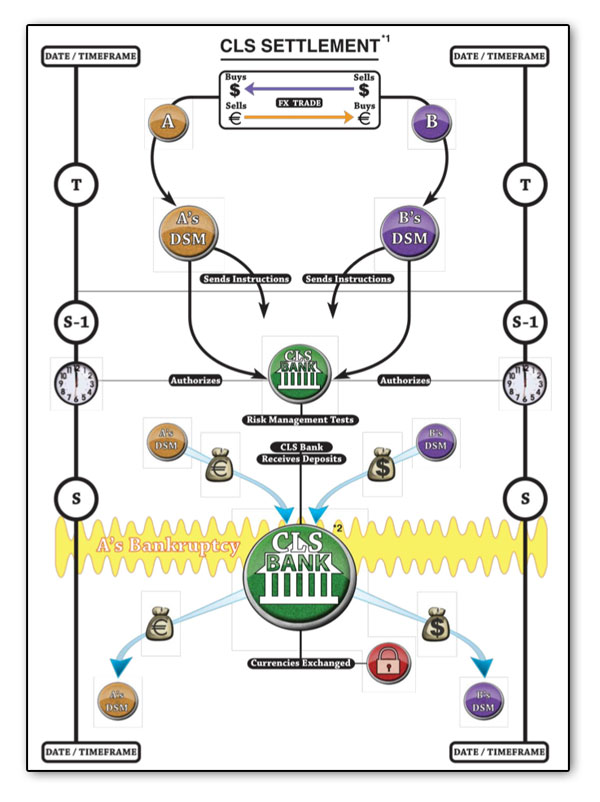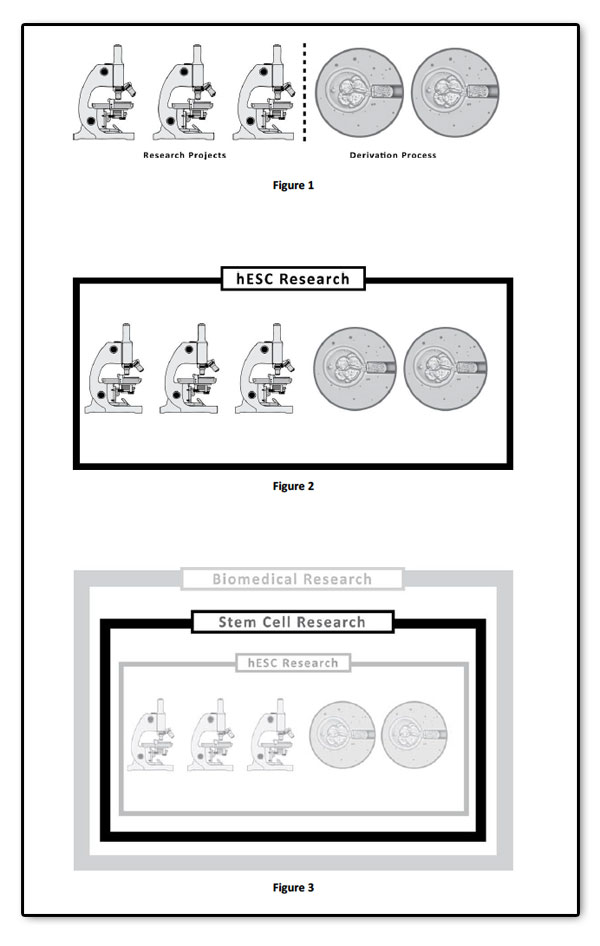Most people, when they think of trial graphics, focus on exhibits to be used at trial. But graphics can also be used in motions and briefs presented to judges, even if jurors will never see them. After all, if you are using graphics to make your argument or tell your story at trial, why not use them at an earlier stage to make your argument convincingly in your brief?
In addition, a lawyer who introduces graphics early in a proceeding can lay the groundwork for later use at trial or in another aspect of the case. This can also give the lawyer a sense of how receptive the judge is to the use of trial graphics in the case.
Here are some tips for using graphics in your brief:
- First, keep it simple. The judge is, after all, reading a document, and the images need to be easily incorporated into the document. Motion pictures and similar animations obviously won’t work well -- unless of course you are submitting an e-brief.
- Second, consider the amount of space you have to work with. The image needs to fit into the space appropriately.
- Third, using color is OK; just because a trial graphic is embedded in a court document doesn’t mean it has to be in black and white.
- Fourth, using trial graphics to simplify a complex aspect of the case is one of the best possible uses.
In the first example below, the issue regarding the patent was the curvature of the rails in the equipment. As a portion of the case itself involved graphics in the form of the geometric curve, the curvature was hard to explain verbally but was much easier to delineate in a sketch.
 Second, in a bankruptcy matter, a law firm needed to explain the Continuous Linked Settlement (CLS) system that was carried out by CLS Bank to provide settlement services. The CLS settlement process is very difficult to explain, so we developed a series of graphics for use in a brief that explained the settlement and clearing process.
Second, in a bankruptcy matter, a law firm needed to explain the Continuous Linked Settlement (CLS) system that was carried out by CLS Bank to provide settlement services. The CLS settlement process is very difficult to explain, so we developed a series of graphics for use in a brief that explained the settlement and clearing process.
Finally, in a pro bono assignment that we undertook involving the interpretation of a prohibition on the use of federal funds for stem-cell research, a key issue emerged regarding the definition of the term “research” in an amendment passed by Congress.
Through a series of graphics that were incorporated in a memorandum in opposition to a motion for summary judgment, we illustrated our client’s position that the term “research” can be conceptualized in many different ways and that the opposing brief, in selecting just one of those interpretations, was interpreting the term arbitrarily.
In Figure 1, for example, we showed that stem-cell research can be defined as separate from the derivation of embryonic stem cells and is not identical with the derivation process. In Figure 2, we showed that the opposing brief was trying to group stem-cell research and the derivation process together, a conclusion that was not justified by the statute. And in Figure 3, we showed that it is even possible to interpret the term “research” to encompass an entire area of inquiry, thus preventing federal funding of a whole type of research in a way that Congress could not have intended.



Leave a Comment